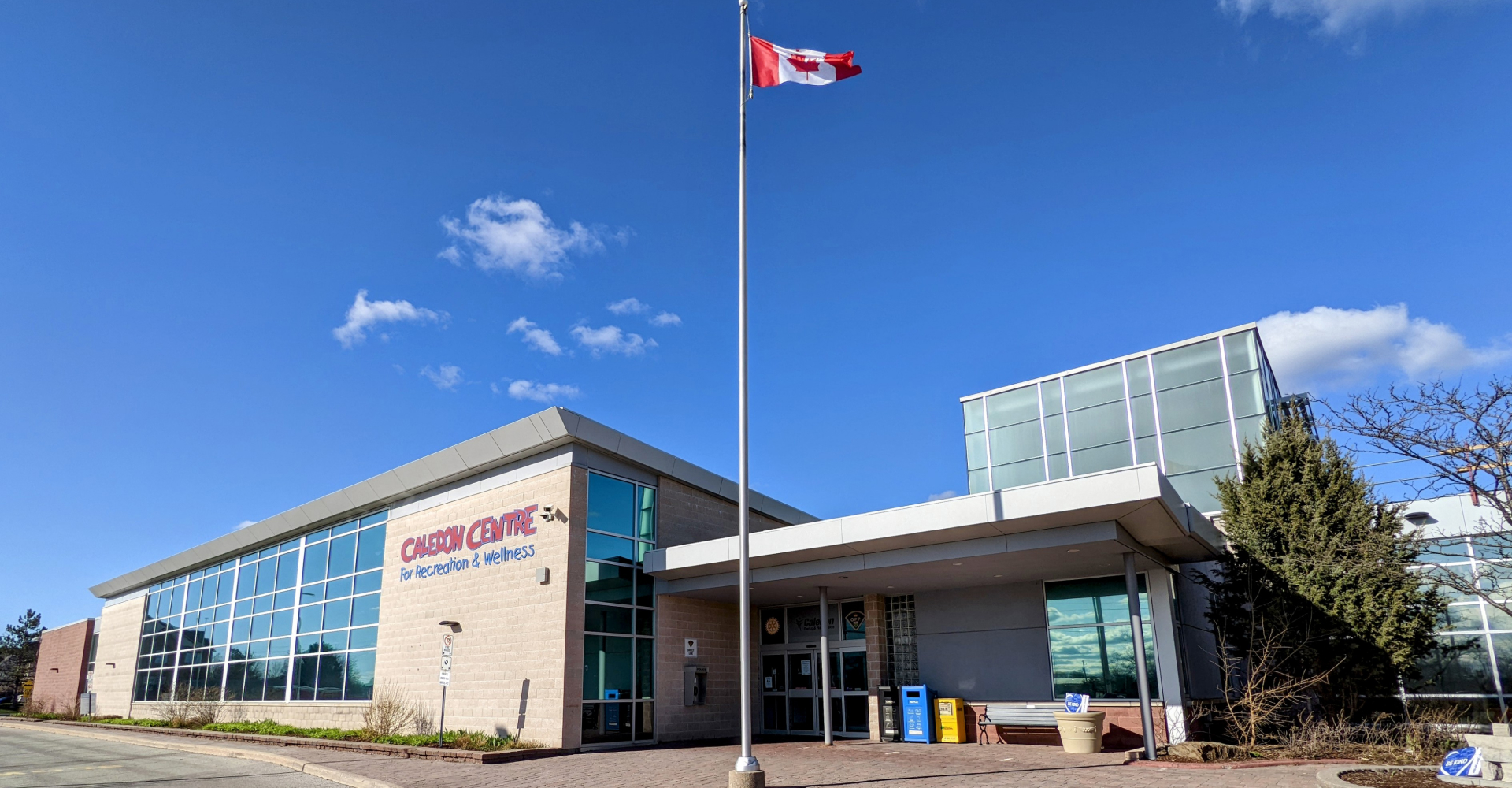Background and context
Canadian municipalities are always looking for new ways to save money while meeting their sustainability goals. The Town of Caledon, Ontario, is no different. In 2015, it instituted a Corporate Energy Revolving (CER) Fund to finance energy upgrades around the town, using an initial seed investment of $147K derived from solar installation revenue and repurposing unused funds from another energy-related project.
Since then, the fund has sustained itself using revenue from three town-owned solar sites, energy incentives and a portion of the energy cost savings from previous CER Fund projects. As new initiatives are funded and launched, the self-sustaining (or “revolving”) cycle continues, independent of the annual municipal budget process and without relying on municipal taxpayer dollars.
The CER Fund is Caledon’s innovative and scalable solution to implementing energy efficiency measures without incurring significant upfront costs.
Process: Selecting projects
Caledon’s Corporate Energy Team, made up of corporate and community facilities staff, manages the fund. The team meets quarterly to discuss energy performance in the town’s facilities, identify opportunities to conserve energy and develop business cases to determine if potential projects fit the fund’s selection criteria, namely that the project:
- falls within the fund’s budget
- reduces energy use and greenhouse gas emissions
- has a simple payback of 10 years or less
- forecasts savings or incentives that can be returned to the fund after implementation
These projects are then recommended to council.
Results
Funded projects generally tend to focus on energy reduction initiatives or pilots for new technologies, which are seen as ways to take immediate action on energy conservation and decarbonization. Since the fund’s inception, projects have included converting fluorescent lighting to LEDs, installing pool drain water heat recovery, upgrading controls for ice rinks and piloting cold-water ice-resurfacing technology in arenas.
Caledon has recently started to explore opportunities for rapid decarbonization and investment in larger projects, such as switching from traditional gas-fired equipment to electric or heat pumps. For these more capital-intensive projects, the town may consider cost-sharing with the Facilities capital budget or using the CER Fund to cover incremental capital costs of moving to a lower-carbon technology. To that end, the fund’s selection criteria will be updated to focus on projects that reduce emissions.
Keys to success
- Having an active corporate energy program and targeted efforts by the Corporate Energy Team to embed strategic energy management throughout town operations.
- Using a detailed analysis of data from funded projects to evaluate success, quantify energy savings and highlight performance improvements.
- Giving out recognition awards to acknowledge the efforts of facility staff to implement energy conservation projects.
- Showcasing successful projects to spur the identification of new projects that in turn continue to grow the fund.
